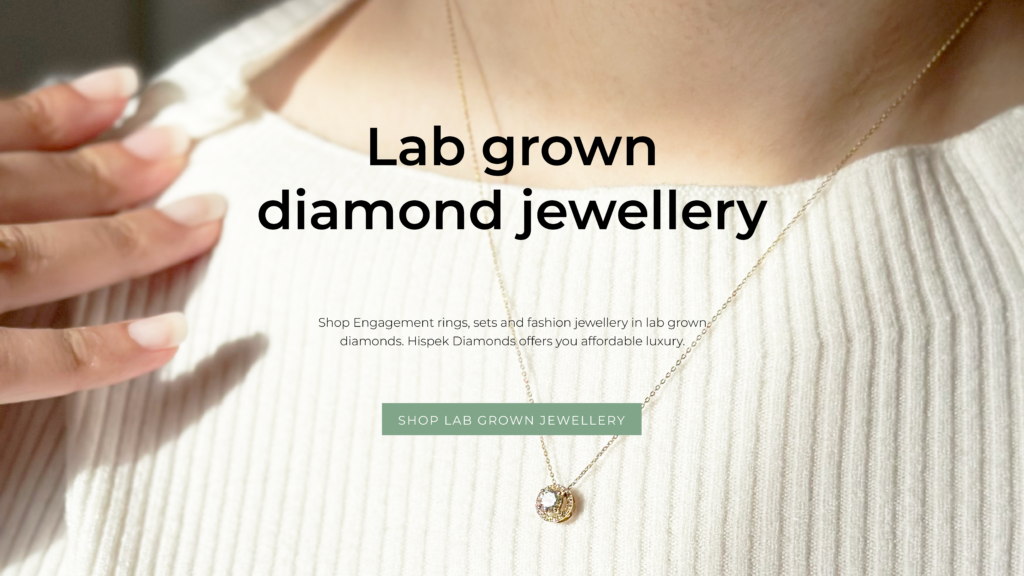Call 0203 965 6669
We Buy Gold
30% off Deals
Book an Appointment

The 4Cs:
The 4Cs system was developed as a way of assessing and communicating diamond quality as a universal standard. A diamond is ultimately determined by its Cut, Colour, Clarity and Carat weight.
Cut: The cut of a diamond is arguably the most important of the 4Cs as it has the greatest influence on a diamond’s sparkle. Although the proportions and facets of the diamond are mostly determined by the original rough, the cut refers to how the diamond is crafted to give it a unique beauty and shine. This is where our expert craftspeople make their mark. When shopping for a diamond, pay attention to the cut grade, which varies from Excellent to Poor. This will most likely determine the price-point, which ultimately depends on your budget.
Colour: With regards to diamond colour, less is more. Diamonds can be found in a range of different colours including yellow and pink, and it is almost impossible to find a completely colourless diamond. However, the GIA colour scale should make things clearer. Diamonds range from D (colourless) to Z (light yellow/brown) and it is worth noting that diamond colour is more noticeable in larger diamonds, so it is important to find a healthy balance between colour and size. The metal colour is also worth considering. For example, an almost colourless diamond will really stand out in a platinum or white gold band.
Carat Weight: There are two key points with regards to diamond carat. Firstly, carat refers to weight, not size. Secondly, it should not be confused with gold’s ‘Karat’, which refers to purity. It is important to understand that a high carat diamond is not always the best choice, because the cut also plays a part. A smaller, well-cut diamond can appear larger than a poorly cut, high-carat diamond. To make things simple, here are a few of our expert tips:
Clarity: A diamond’s clarity refers to the presence of naturally occurring blemishes and inclusions. A blemish is a surface flaw, whilst an inclusion is an internal defect. These types of imperfections are often difficult to see with the naked eye and compromising on clarity is potentially a way to save on price. There are eleven clarity grades ranging from flawless to included. We would suggest that SI and VS diamonds provide the best value. These are known as ‘eye-clean’ diamonds, so their inclusions cannot be seen without magnification which makes them look flawless to the naked eye.
Why Lab-Created Diamonds?
In July 2018, the Federal Trade Commission (FTC) amended its definition of a diamond to include lab-grown stones. The FTC ruled that a diamond is a diamond regardless of whether it’s grown in a lab or mined from the ground
We genuinely believe that lab-grown diamonds are the future of the diamond jewellery industry. They provide excellent value for money, whilst also being sustainable and ethically sourced. As well as this, lab-grown diamonds are chemically, physically and optically the same as their mined counterparts. They are the perfect choice for new diamond buyers as well as those that are more experienced.
Essentially, a lab-grown diamond is developed in a controlled environment which replicates the natural conditions under which diamonds form. A diamond particle is obtained from another diamond and is grown using one of two techniques: High-Pressure High-Temperature (HPHT) or Chemical Vapour Deposition (CVD). The result is a real full diamond, with all the expected properties. In fact, specialist equipment is needed to tell the difference between a lab-grown and a mined diamond.
The only difference between lab-grown diamonds and mined diamonds is the point of origin. We believe that although natural diamonds may be the traditional choice, the cost savings and sustainability of lab-grown diamonds make them an attractive alternative.
| LAB-GROWN DIAMONDS | MINED DIAMONDS |
| Lower cost for the same stone | Lengthy process makes for expensive diamonds |
| No need for mining | Significant mining and destruction of habitats |
| Always conflict-free | History of human rights exploitation in production |
London
Matrix Centre, 167 Station Road, Edgware, HA8 7JU
Leicester
65A London Road, Leicester, LE2 5DN

Monday to Saturday 09:00 to 18:00,
Sunday 10.00 to 16:00